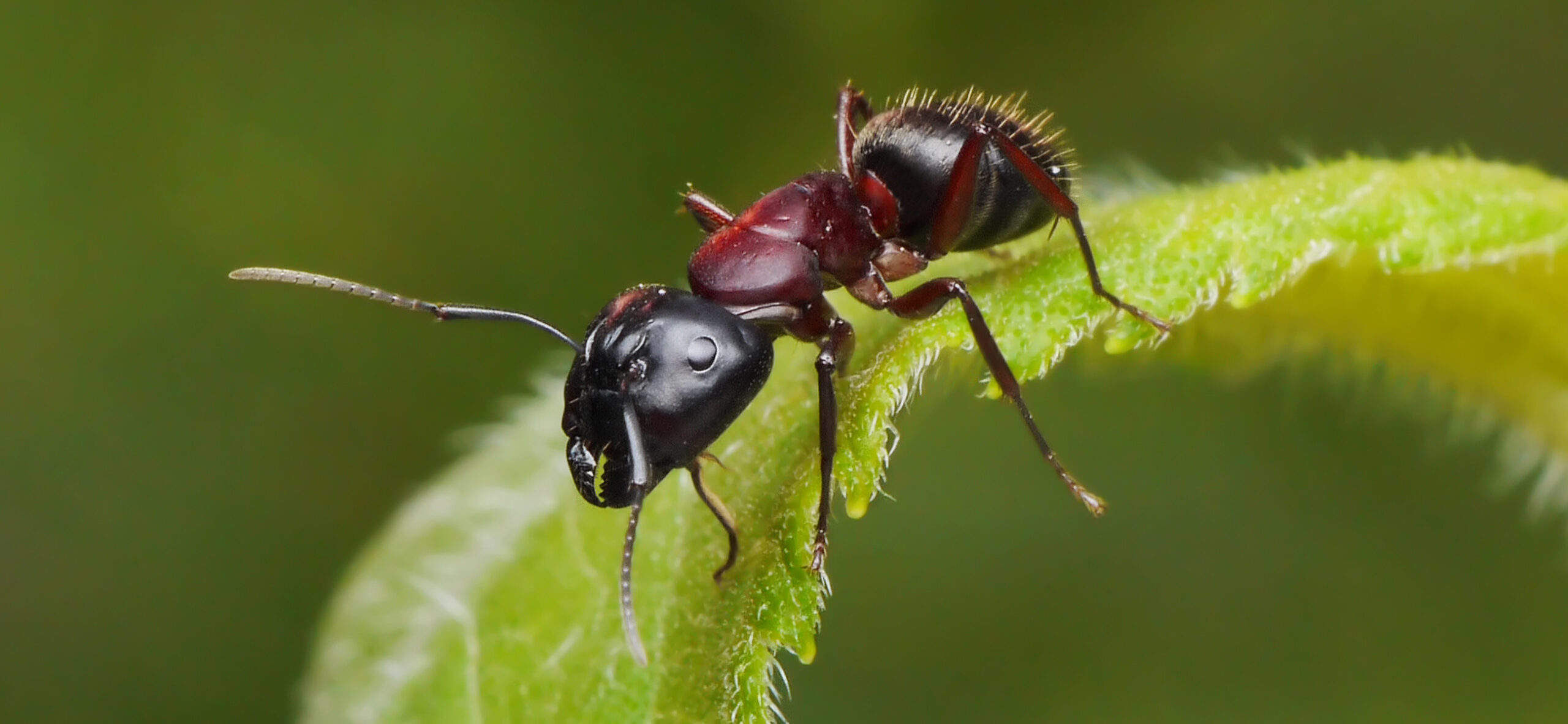By Dr. Stuart Mitchell
Critical inspection skills beyond visual observations are essential. Information based determination of the pest ant species will provide behavioral boundaries that can isolate the source of an infestation. Evidences of ant infestations can be gleaned from important sources.
Types of information.
- Species present
- Location
- Numbers
- Scope of infestation
- Information on the structure (potential entry routes)
- Hygiene and housekeeping requirements
- Risk to public health
- Proposed control methods
- Exclusion recommendations
Visible evidence. Passive and active monitors can provide tangible evidence of pest activity. In addition, monitors serve as an archive of pest pressures. Sticky traps can gauge the extent of an infestation prior to a treatment as well as success post-treatment.
Information evidence. Prior information on the property can include historical sightings reported or declared from memory by inhabitants. Even though inhabitant sightings are a source of information, physical inspections must confirm the accuracy of such reports (types of pests, numbers, timescale, etc.) due to vagaries of human memory. Written or recorded informational sources are the best corroborating evidences.
Physical inspections allow for a risk assessment to be determined prior to any potential treatment. In addition, a quality control function is carried out to reconcile the success of, and/or indicate modifications to, the cyclic pest management model.






